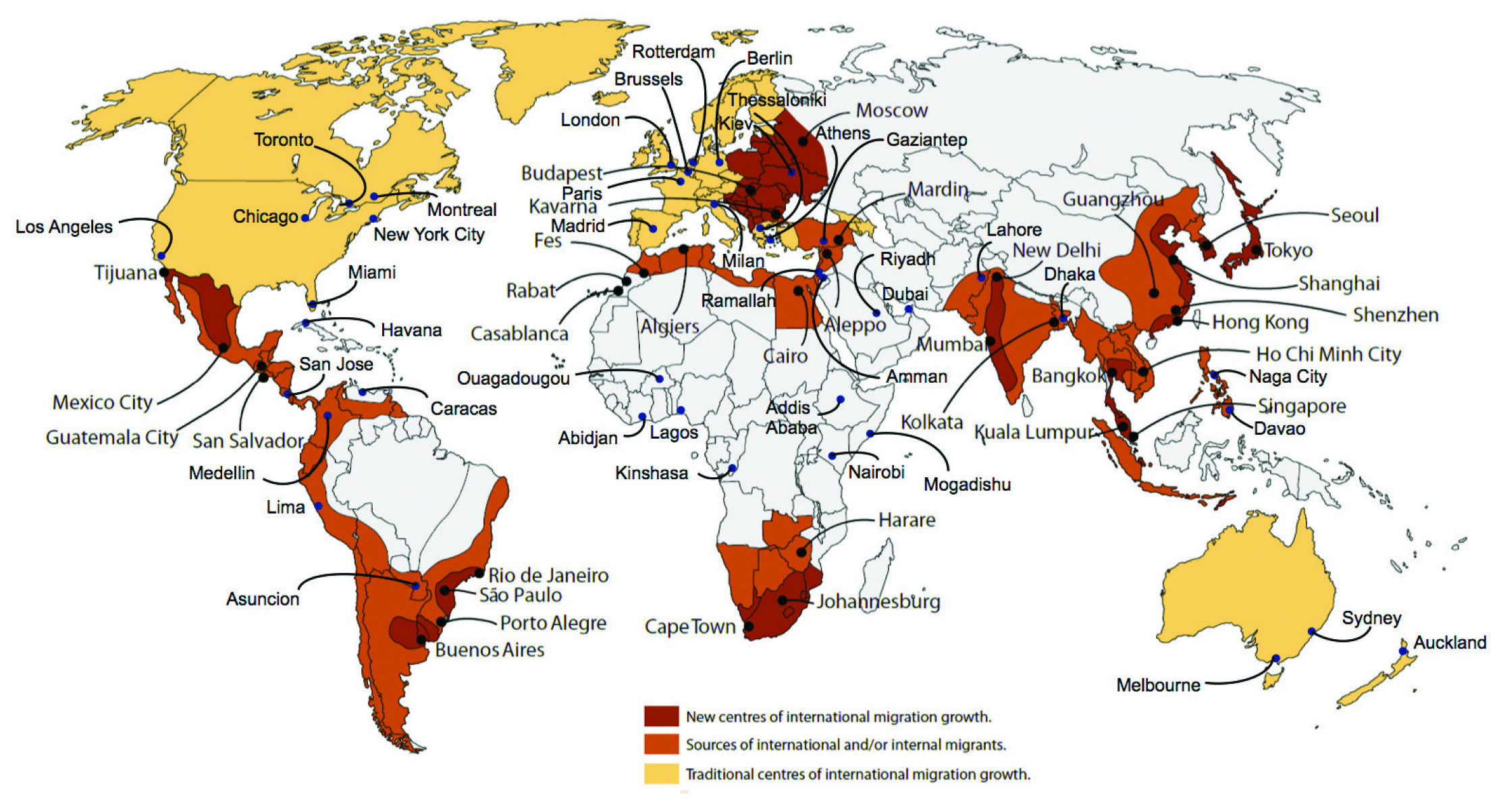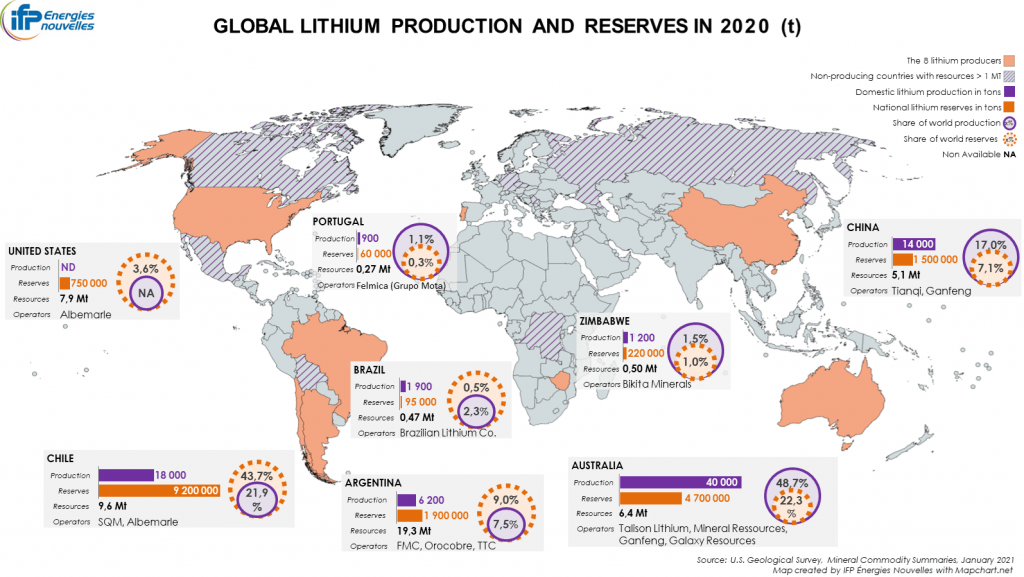Public debts, cost-cutting measures and increased focus on mobile devices to improve productivity
ø

Public debt has been a growing concern for many governments across the world. Despite efforts to control spending and increase tax revenue, many countries are facing record-high levels of government debt. This situation has been exacerbated by the COVID-19 pandemic, which has led governments to take on additional debt to fund stimulus packages and support struggling industries.
The challenge now for governments is to balance the need to stimulate economies and provide social services with the need to keep public debt under control. Failure to do so can lead to economic instability, inflation, and reduced access to credit markets. Across the world, governments are taking different approaches to manage their public debt.
In Europe, several countries have implemented austerity measures to reduce debt levels. This has led to cuts in social and welfare programs, reduced public sector employment, and increased taxes. The UK, for example, reduced its deficit from 10% of GDP in 2010 to 2.4% in 2017 through austerity measures.
In contrast, Japan has taken a more expansionary approach to public debt. The country’s debt-to-GDP ratio is over 230%, one of the highest in the world. However, the Japanese government has been able to borrow at very low interest rates due to a high level of domestic savings. The government has used this low borrowing cost to fund infrastructure projects and stimulate economic growth.
In the United States, public debt has been increasing steadily since the 1980s. The country’s debt-to-GDP ratio was 130% in 2020, and is projected to continue rising in the coming years. The government has focused on stimulating economic growth through tax cuts and infrastructure spending. However, this has led to concerns about the long-term sustainability of the country’s debt levels.
Governments globally are increasingly looking for ways to reduce expenses that come with running public services, and a couple are resorting to outsourcing public services to private companies. There are various examples of how governments are cutting cost by outsourcing public service.
Private businesses can deliver services at a lower fee compared to a government agency that has numerous legal and bureaucratic procedures. For instance, the United States government has outsourced federal jobs such as maintenance, food service, and information technology, among others, to private companies. This has resulted in $4 billion in savings annually.
However, we need to also consider its drawbacks. Companies would most likely prioritize profit over service delivery, putting the quality of service provided to taxpayers at risk. Outsourcing public services also creates an accountability issue, leaving the government with some challenges over the service delivery process. No matter how poor the contractors are, the public will always hold the government accountable for unsatisfactory performance.
Apart from outsourcing public services, I noted an interesting trend, i.e. as governments across the world look for ways to cut costs and streamline operations, more are turning to the use of mobile devices to assist in supervisory roles. While this approach can be productive and efficient, it does come with some privacy concerns.
Mobile devices have become ubiquitous in our lives, so it’s not surprising that governments are exploring ways to use them to their advantage. As I mentioned, one area where they can be particularly useful is in supervisory roles. By using mobile devices, supervisors can easily access information about their teams, including productivity metrics and communication logs. This can help them identify areas where there are problems and make changes quickly.
However, the use of mobile devices in this way does have some privacy implications. Employees may feel uncomfortable knowing that their every move is being tracked and monitored. Additionally, there is always the risk of the data being hacked or otherwise compromised.
The use of mobile devices in supervisory roles increases the risk of cyber-attacks, such as data breaches, hacking, and unauthorized access to sensitive information, which can result in reputational and financial damages. The use of personal devices for work purposes can further increase the risk as these devices may not have adequate security measures in place. Security of such devices could be compromised easily.
Mitigating these risks is not easy, so proactive measures must be undertaken to protect their mobile devices and the information stored in them. This includes setting up strong cybersecurity measures and regularly updating software. Company’s security policies must also be followed, such as the use of virtual private networks (VPN) and avoiding public Wi-Fi networks for work purposes.
Governments that are considering this approach need to carefully weigh the benefits against the risks. They should put in place strict privacy policies and procedures to ensure that employees’ privacy rights are protected. By doing so, they can reap the benefits of this innovative approach to cost cutting while still respecting the privacy of their workers.
As technology becomes an increasingly integral part of our lives, privacy concerns have also been on the rise. People are becoming more aware of the vast amounts of personal data that technology providers collect, and are understandably cautious about how that sensitive information is being used. But this issue isn’t limited to consumers – it extends to employees as well. As workers become more reliant on technology for their jobs, it’s essential that we ensure their privacy is respected.
Employers have a duty to protect their employees’ privacy, even if those workers are technically contracted under the company. This means taking steps to safeguard sensitive data and limiting access to only those who need it. For example, companies can implement role-based access controls, which ensure that only employees who require certain data to do their jobs can view it.
It’s also important for companies to be transparent about their privacy policies and the types of data they collect. Employees should be informed about what information is being collected, how it’s being used, and who has access to it. This transparency helps to establish trust and builds a culture of privacy within the organization.
Finally, companies must also be aware of the social and legal ramifications of privacy violations. Breaches of employee privacy can harm a company’s reputation and lead to legal action being taken against it. Therefore, it’s in their best interest to ensure that they are taking all necessary steps to safeguard their employees’ privacy.
As technology continues to play an ever-increasing role in our lives, the need for privacy protections becomes more urgent. Employers have an obligation to respect their employees’ privacy, and must take the necessary steps to ensure that their data remains secure. By doing so, they can create a culture of trust and empower their workers to use technology confidently and effectively.


























